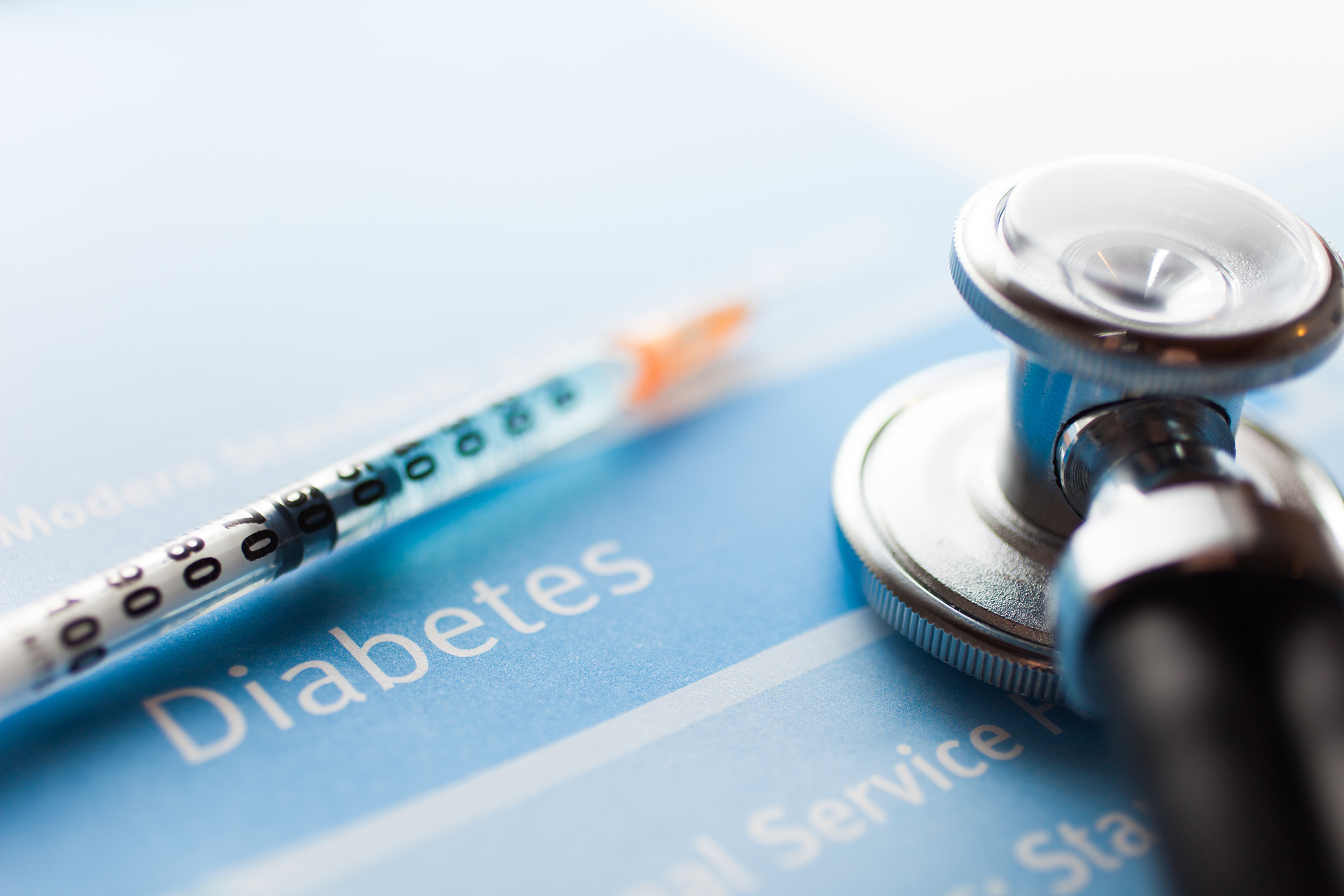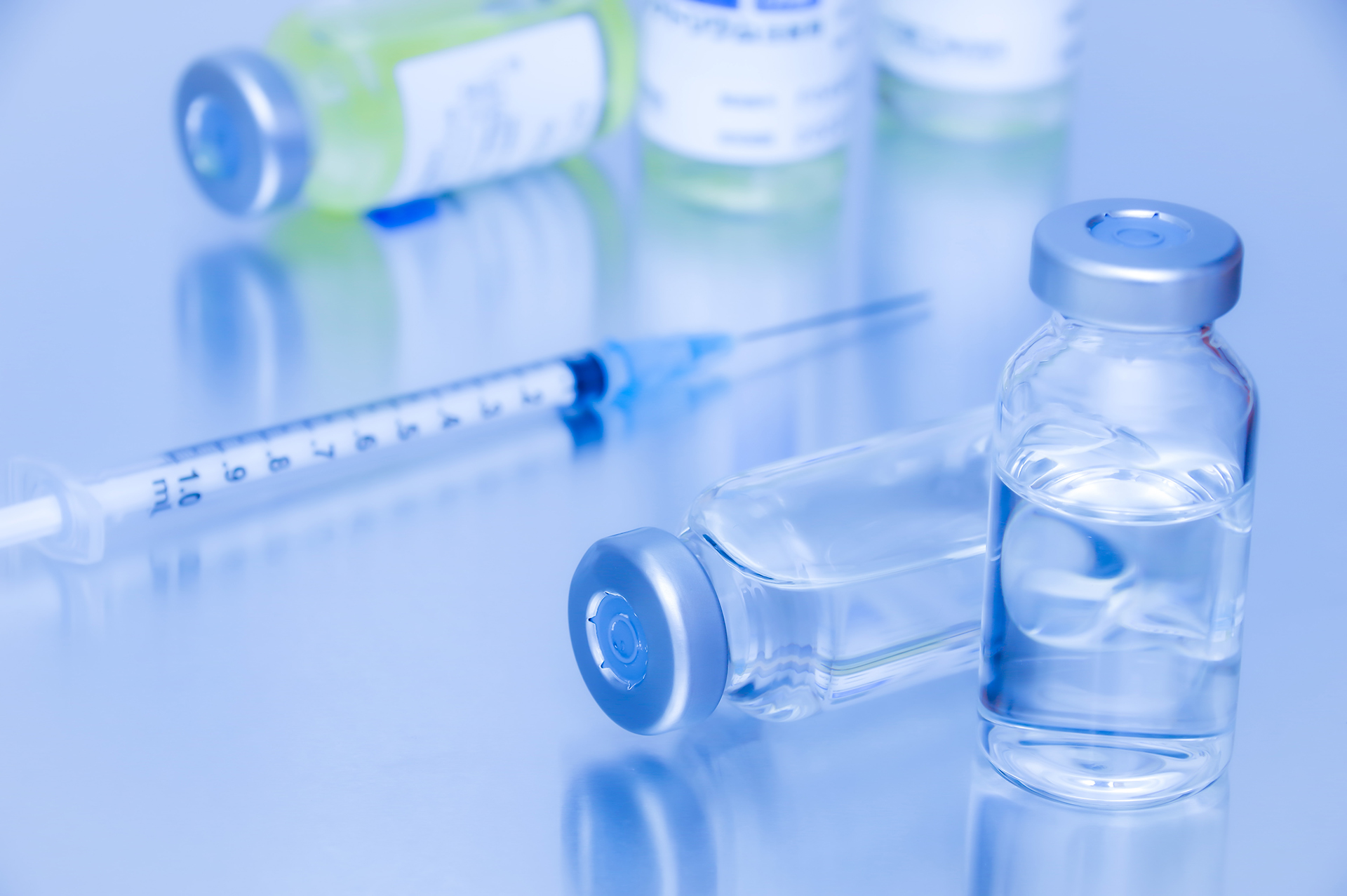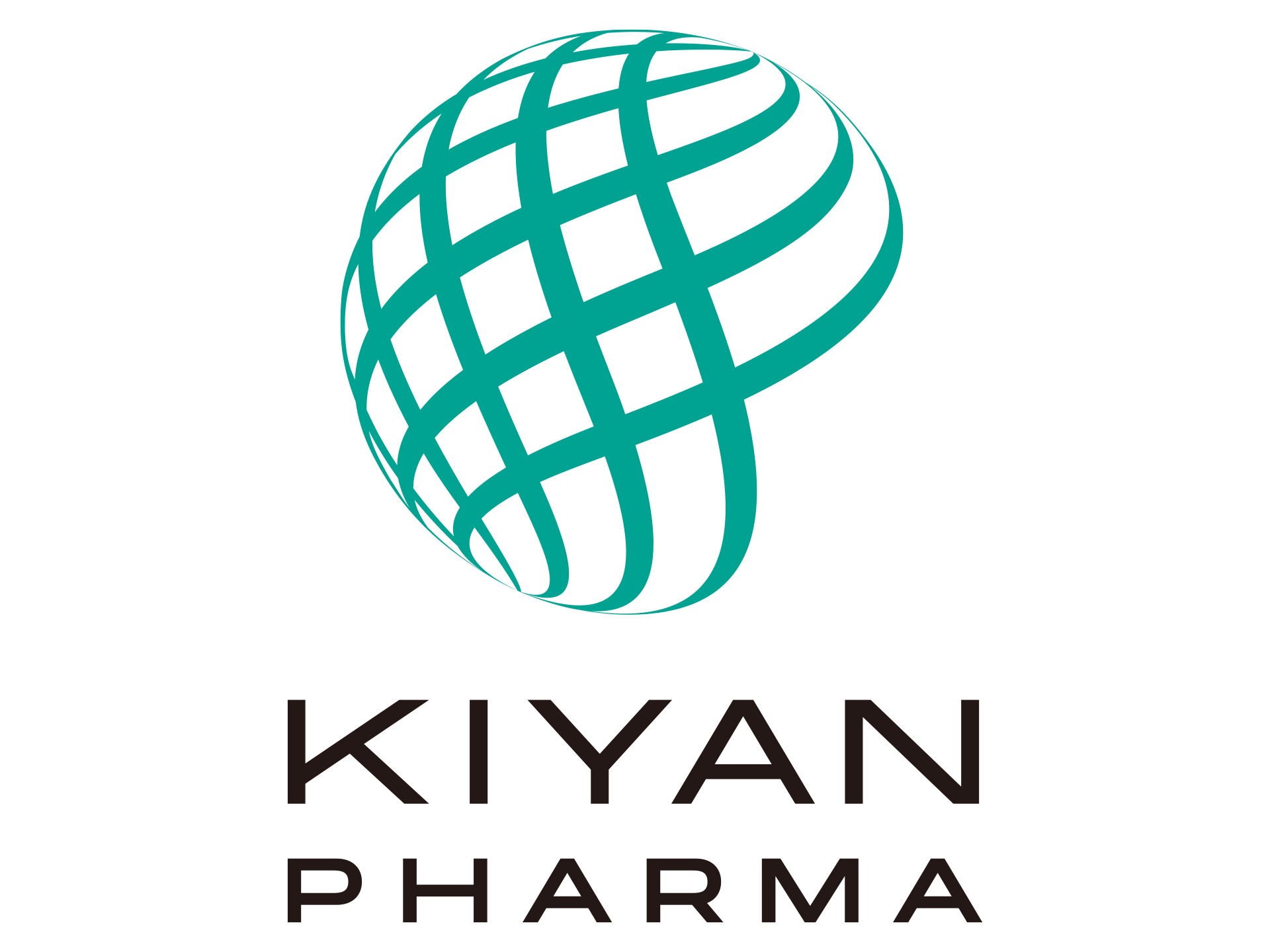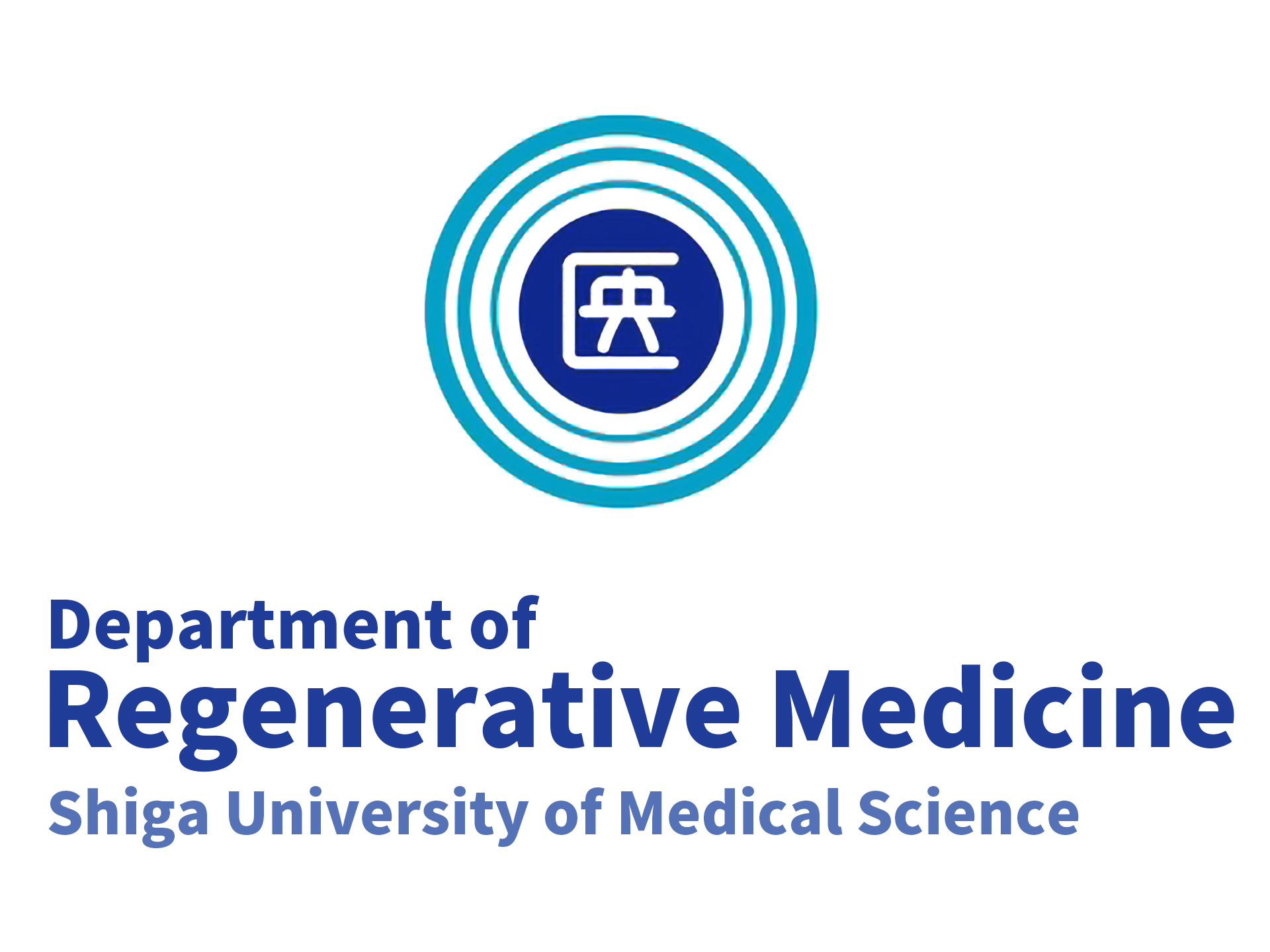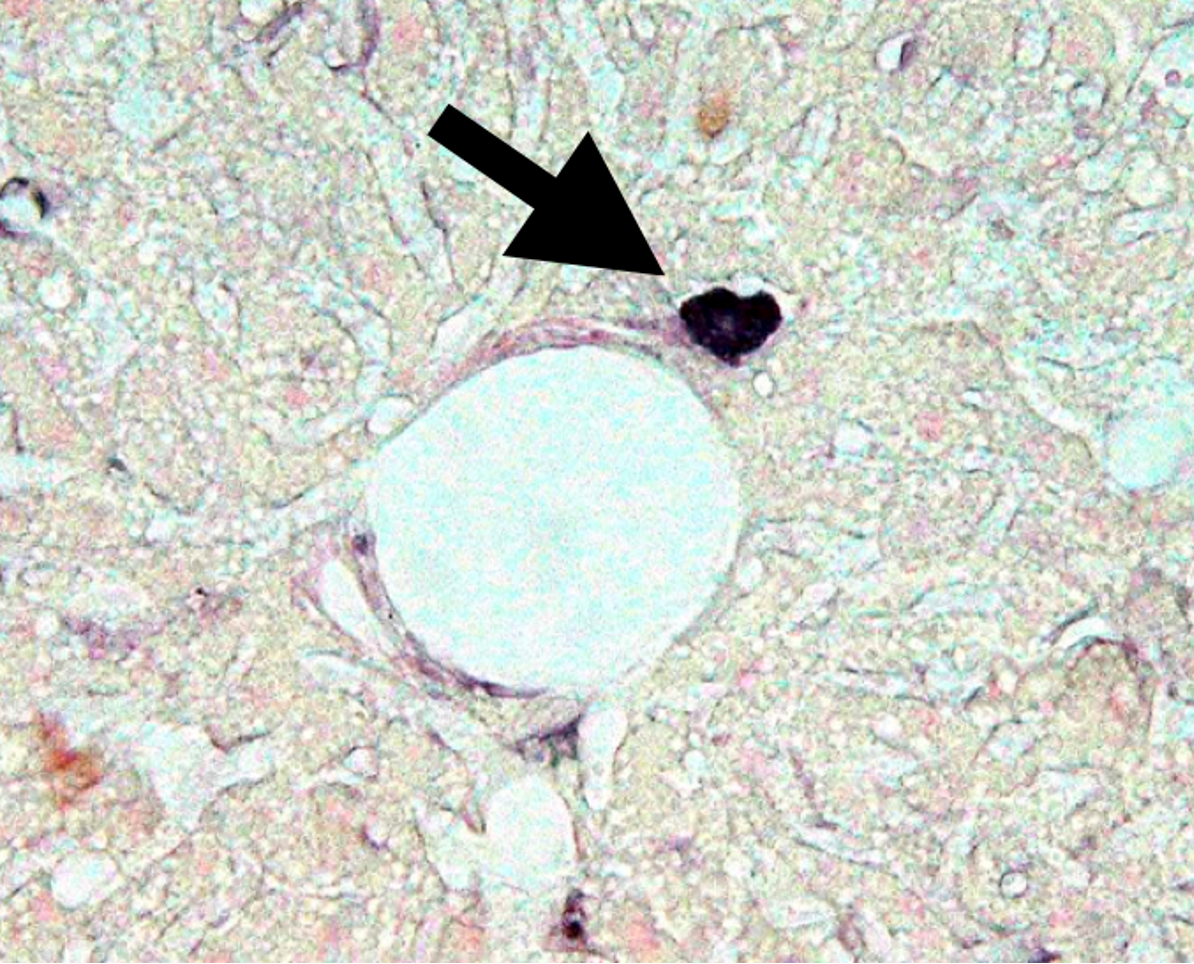
New Approaches to the Discovery and Treatment of Diabetes Stem Cells
Diabetes is a chronic disease that does not heal naturally once it develops. It is known to be caused by genetic predisposition, lifestyle, autoimmunity, and other factors. Our research team discovered abnormal cells in hematopoietic stem cells that cause diabetes and its complications. These abnormal cells persist even when blood glucose levels normalize and sustain the disease, so we named them “diabetes stem cells.”
Furthermore, we found that removing these diabetes stem cells could potentially cure diabetes and its complications. Through this research, we aim for the complete cure of diabetes and its complications.
Encounter with Diabetes Stem Cells
Discovery of Strange Cells and New Approaches to Diabetes Treatment
In 1980, John Najarian and David Sutherland at the University of Minnesota developed a new treatment method combining total pancreatectomy and islet transplantation as part of the treatment for chronic pancreatitis. This method made it possible to prevent diabetes caused by pancreatectomy and improved the symptoms of patients who already had diabetes. Later, this method was applied to treat type 1 diabetes patients.
In October 1999, Hideto Kojima planned gene therapy targeting the liver at Baylor College of Medicine based on islet transplantation. Using transcription factors involved in pancreatic development (Pdx-1, Ngn3, NeuroD1), he aimed to regenerate islets in the liver of mice and achieve a complete cure for diabetes. However, Pdx-1 generated insulin-producing cells and exocrine pancreatic cells in the liver, causing acute hepatitis. Moreover, most samples were lost in the 2001 flood caused by tropical storm Allison, but the NeuroD1 vector was intact.
Later, a new treatment method using NeuroD1 was completed and published in Nature Med at the end of 2002. NeuroD1 successfully reproduced islets in the liver, but strange cells producing proinsulin were found in the livers of untreated diabetic mice. These cells were located near the portal vein capillaries of the hyperglycemic liver, and the paper, along with microscopic photographs, was accepted in 2003.

2023 Research Presentation
Bone Marrow-Derived Cells and HDAC Inhibitors
Our research team discovered that abnormal bone marrow-derived cells (BMDCs) cause diabetes complications and persist even with conventional insulin therapy. Based on this discovery, we achieved sustained blood glucose normalization and recovery of insulin secretion in diabetic mice using bone marrow transplantation and HDAC inhibitors. Additionally, we were able to eliminate the abnormal bone marrow-derived cells.
By considering diabetes as an epigenetic stem cell disorder and targeting this, we verified new treatments that inhibit HDAC to suppress the activity of abnormal cells and restore the function of healthy cells. This approach demonstrated sustained blood glucose control and improved insulin secretion from the diabetic state. It shows the potential of a new treatment strategy for diabetes and its complications, aiming for a complete cure for diabetes.
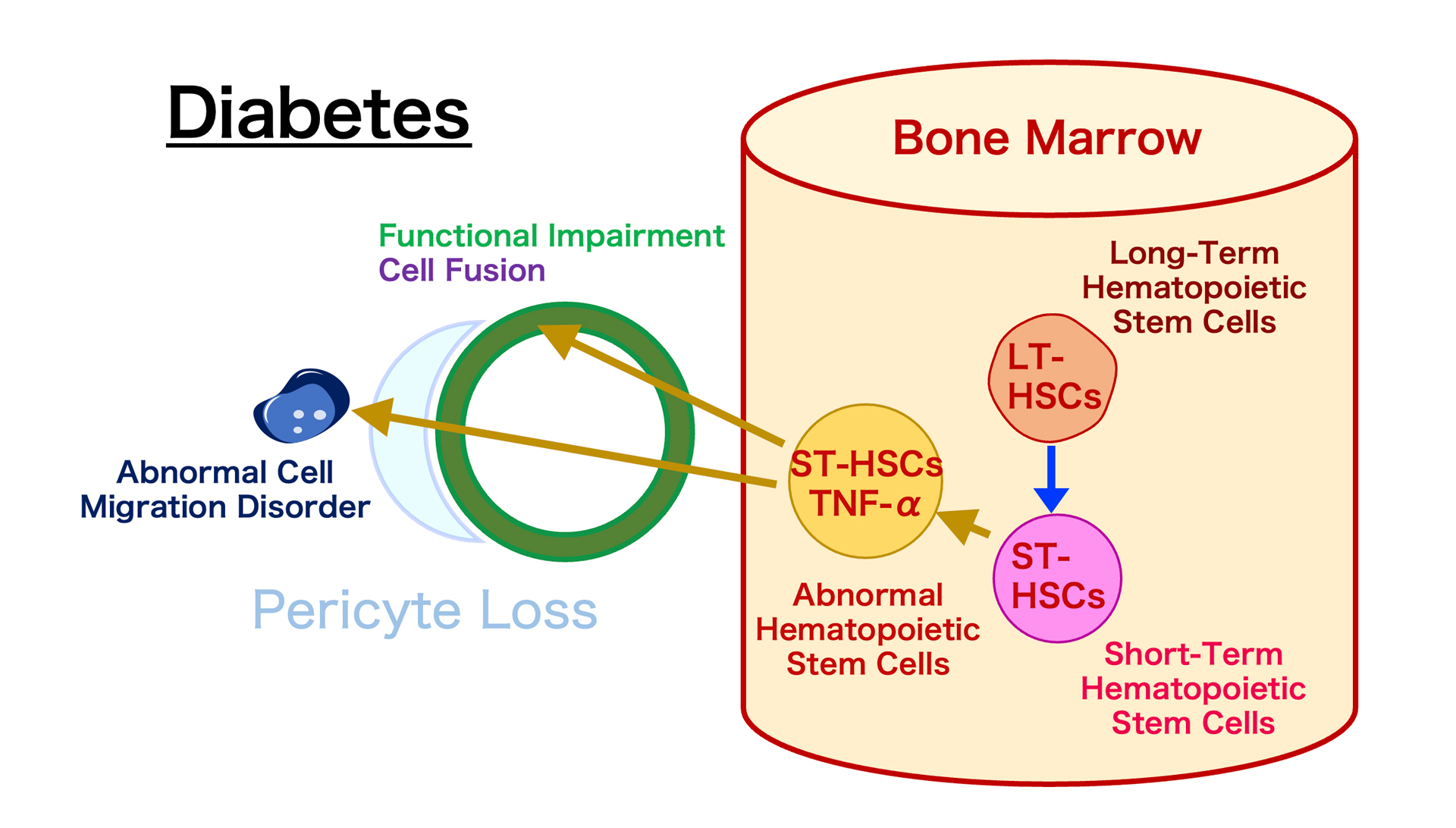
Discovery of the Cause of Diabetes
Abnormal cells causing diabetes and its complications discovered in hematopoietic stem cells.
Developing companion diagnostic drugs to diagnose diabetes based on the presence of diabetes stem cells in peripheral blood.
Biozipcode (Cell Targeting Technology)
An innovative system for delivering drugs exclusively to specific cells in the body.
Development of new drugs using Biozipcode and reuse of drugs previously unusable due to side effects.
Development of materials for tissue regeneration that can engraft onto tissues without needing transplants or sutures.

